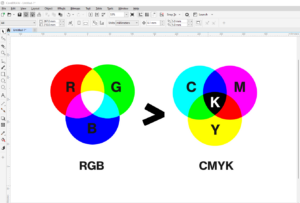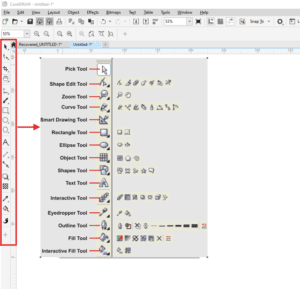When creating ID cards for students, having all relevant information streamlined and organized in a single place is crucial for efficiency. Often, address data might be split across multiple columns, such as “Address Line 1” and “Address Line 2.” Merging these columns into a single column can simplify the data merge process and ensure a smoother operation when using data field managers or automation tools.
In this blog post, we’ll explore how to merge two address columns in Excel into one, making the data ready for automation tools and data merges.
Step-by-Step Guide to Merging Columns
- Open Your Excel File: Start by opening the Excel file containing the student address information. For this example, let’s assume you have two columns, “Address Line 1” in column A and “Address Line 2” in column B.
- Select the Cell for Merged Data: Choose the cell where you want the merged address data to appear. For instance, if you want the merged data in column C, select the cell in column C corresponding to the first row of data.
- Use the CONCATENATE or TEXTJOIN Function:
- CONCATENATE Function (Older Versions of Excel): In the selected cell, type the formula:
=CONCATENATE(A2, " ", B2)
This formula combines the text from cell A2 and B2, with a space in between. ReplaceA2andB2with the appropriate cell references if your data starts in a different row. - TEXTJOIN Function (Excel 2016 and Later): For newer versions of Excel, you can use the TEXTJOIN function, which is more versatile:
=TEXTJOIN(" ", TRUE, A2, B2)
This function allows you to specify a delimiter (in this case, a space) and can ignore empty cells if needed.
- CONCATENATE Function (Older Versions of Excel): In the selected cell, type the formula:
- Copy the Formula Down: Once you’ve entered the formula, copy it down the column to merge the addresses for all students. You can do this by dragging the fill handle (a small square at the bottom-right corner of the selected cell) down to the last row of your data.
- Convert Formulas to Values: After merging the columns, it’s a good practice to convert the formulas into values to prevent any issues if you move or delete the original data. To do this:
- Select the merged column.
- Copy the selection (Ctrl+C or Command+C).
- Right-click on the same selection and choose “Paste Special” > “Values” or use the shortcut (Alt+E+S+V) and press Enter.
- Clean Up: Now, you can delete the original columns if they’re no longer needed, ensuring that your data is streamlined and ready for use in any automation tools.
Conclusion
Merging address columns in Excel is a straightforward process that can significantly improve your workflow when automating ID card creation. By combining data into a single column, you minimize the risk of errors and ensure that your data merge processes run smoothly. Whether you’re using older versions of Excel with the CONCATENATE function or the more recent TEXTJOIN function, these methods provide a simple and effective solution to manage your data. So now if you reading this article i am sure you will be interested in more coreldraw macros or photoshop actions. So how about having a look on these articles:
- Best Macro for Coreldraw Powerclip Editor – Crop and manage images easily
- QR Code Wizard Macro for CorelDraw
- Edit Bitmap Files from CorelDRAW 2024 to Photoshop Using VBA Macro
- Convert Text and Objects to Curve – CorelDraw Macro
- Guides and Crop Marks Maker – CorelDraw Macro
- Convert Text into Curves – CorelDraw Macro
- Adobe Photoshop Action to create 8 Passport Size Photo on 4×6 Size Sheet
Feel free to share your experiences or ask questions in the comments section below. Happy data merging!
If you also want to know how you can use this data to create ID in bulk follow the video given below:
Tags: Student ID card automation, Excel tips, Excel data merge, Merge address columns, Excel concatenate, Excel textjoin, Excel paste special, Data management in Excel, Student database automation, Microsoft Excel solutions
Hashtags:
#Excel #ExcelTips #ExcelAutomation #StudentID #IDCard #DataMerge #ExcelFunctions #Concatenate #TextJoin #DataManagement #MicrosoftExcel



















